how to assess energy efficiency of electric ranges?
andreagb
17 years ago
Related Stories
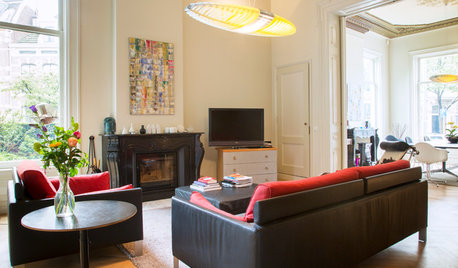
MY HOUZZMy Houzz: Renovation Brings Energy Efficiency to a Netherlands Home
A family of 5 tackles a potentially large gas and electric bill in a 19th-century house
Full Story
GREAT HOME PROJECTSHow to Install Energy-Efficient Windows
Learn what Energy Star ratings mean, what special license your contractor should have, whether permits are required and more
Full Story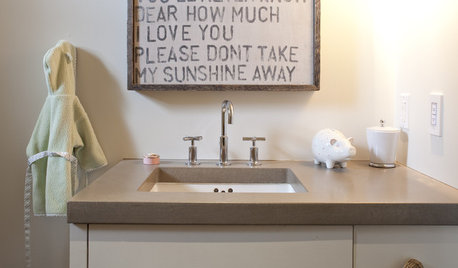
GREEN BUILDINGEasy Green: 10 Ways Toward a Zero-Energy Home
Imagine never paying an electric bill again. With a zero-energy home, it's possible — and anyone can make it happen
Full Story
GREEN BUILDINGHouzz Tour: See a Maine House With a $240 Annual Energy Bill
Airtight and powered by the sun, this energy-efficient home in a cold-winter climate is an architectural feat
Full Story
LIGHTINGThe Lowdown on High-Efficiency LED Lighting
Learn about LED tapes, ropes, pucks and more to create a flexible and energy-efficient lighting design that looks great
Full Story
GREEN BUILDINGHouzz Tour: See a Concrete House With a $0 Energy Bill
Passive House principles and universal design elements result in a home that’ll work efficiently for the long haul
Full Story
GREAT HOME PROJECTSUpgrade Your Windows for Beauty, Comfort and Big Energy Savings
Bid drafts or stuffiness farewell and say hello to lower utility bills with new, energy-efficient windows
Full Story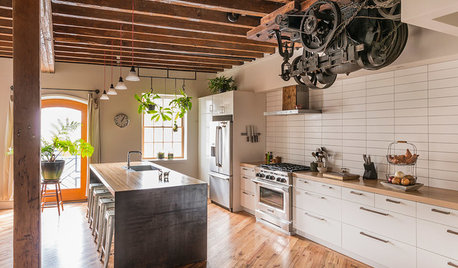
GREEN BUILDINGHouzz Tour: Pickle Factory Now an Energy-Wise Live-Work Space
A charming but poorly insulated 1880s Philadelphia commercial building becomes a spacious energy-efficient home and studio
Full Story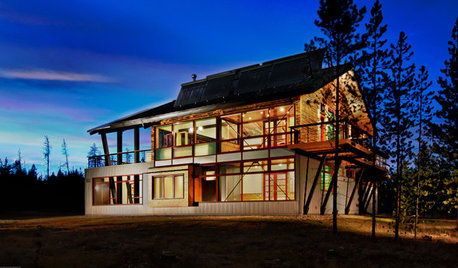
GREEN BUILDINGZero Net Energy: A Hardworking-House Term to Know
Homes that consume only as much energy as they produce by renewable means are a goal for builders. Learn what ZNE means for you
Full Story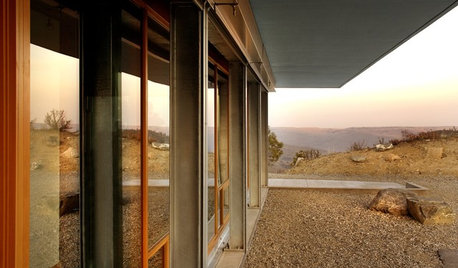
GREEN BUILDINGOff the Grid: Siting and Building to Conserve Energy
Look to low-tech solutions for big energy savings when you’re constructing a home
Full StorySponsored






RCMJr
JXBrown (Sunset 24, N San Diego County)
Related Professionals
Eastvale Solar Energy Systems · Pacific Grove Solar Energy Systems · Whitney Solar Energy Systems · Lake Station Home Builders · Dinuba Home Builders · Fargo Home Builders · Monticello Home Builders · Somersworth Home Builders · Buenaventura Lakes Home Builders · Knik-Fairview Home Builders · Apex Roofing & Gutters · Woodstock Roofing & Gutters · Wilmington Roofing & Gutters · Coronado Roofing & Gutters · Minnetonka Roofing & GuttersandreagbOriginal Author
JXBrown (Sunset 24, N San Diego County)
jasonphx
andreagbOriginal Author
JXBrown (Sunset 24, N San Diego County)